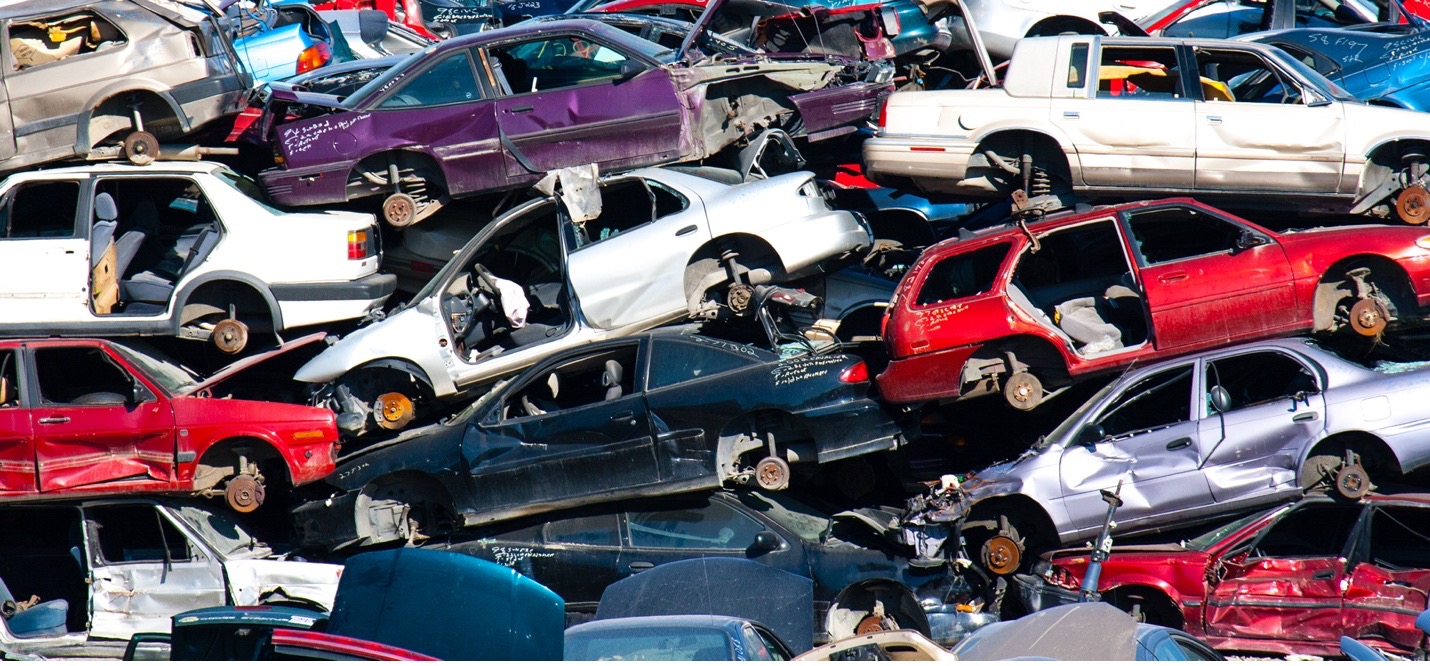
Beginner’s Guide to Auto Salvage
Although vehicle manufacturers are making significant progress in creating cleaner and eco-friendly cars, there’s still a lot of waste generated by vehicles on the road. And when these vehicles cease to function, many people tend to dispose of them in landfills. That’s where the salvage industry comes in. It helps in disposing of and recycling vehicle materials that would otherwise end up in landfills.
Whether you’re interested in selling or buying car parts or want to dive into the auto salvage world, you will find this beginner’s guide useful.
What is Auto Salvage?
As the name suggests, auto salvage is a process involving collecting used, unwanted, junk, or wrecked cars and stripping them of usable parts, which then get restored, recycled, or sold. Any vehicle can get salvaged at a junkyard, whether it’s old, wrecked due to an accident, or has developed a mechanical issue.
What Happens at The Junkyard?
The first step of salvaging a vehicle is pre-treatment. It involves draining the vehicle of coolant, brake fluids, fuel, oil, and other fluids. This way, the fluids will not leak when the car gets disassembled. This fluid can be used in other cars, recycled, or sold.
Besides that, the battery, tires, and gas tank get removed. Depending on the states of the parts and components, they can be refurbished and sold or recycled as scrap metal. The tires can get retreaded and installed on other vehicles or used as ground rubber.
Once these materials have been removed, the junkyard owner will appraise the remaining components then decide whether to recycle, refurbish or resell them.
Most junkyards tend to leave parts like floor mats, window controls, and others intact inside the car. This way, interested parties can pull the parts and refurbish them. Other salvage facilities strip the vehicle of the usable components, clean and refurbish them, then sell them on their retail or online store.
Lastly, the car’s body and frame will get crushed or recycled once all the functional material has been removed.
Who Benefits from Auto Salvage Work?
Car recycling benefits people looking for their old vehicles for extra money or charity or scrapping for parts to re-use. Auto salvage reduces the impact automobiles have on our environment, helps people make extra money, and allows customers to save big when shopping for auto parts. Furthermore, metal recycling minimizes the energy required to create new materials such as steel.
While salvaging might be profitable to your friend, it might not be the same case with you. That’s because several factors come into play when stripping a car of parts, including:
- Model number and year of manufacture
- Automobile condition
- Price of scrap
- Demand for parts
- Condition of the car – is it running or not
Should I Salvage My Car?
If your car is wrecked, and repairing it might cost more than it’s worth, you’re better off salvaging it. The same applies to an old, non-functioning car. However, if your car still runs well but you want to get rid of it and buy another one, don’t take it to the junkyard. You’re better off selling it as a used vehicle. Regardless of the choice you make, you now have a better understanding of the auto salvage world, and who can benefit from it.

